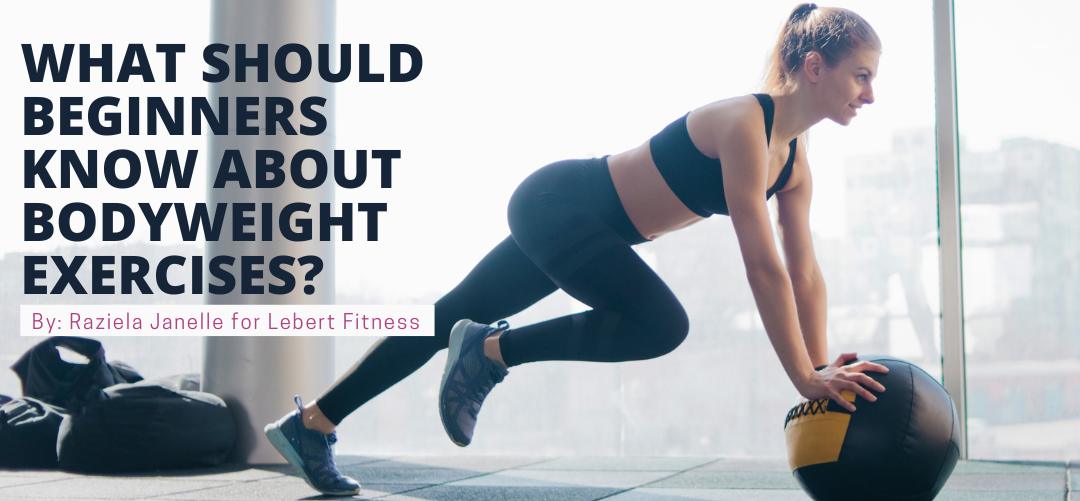Exercise offers a plethora of benefits, ranging from stronger bones and muscles to improving mental health. Depending on your fitness goals, the recommended amount of exercise you need is at least 150 minutes of moderate to vigorous activity a week to maintain your current fitness levels, and more if you’re actively trying to lose weight or increase your fitness level. When looking for ways to get physically active almost anywhere, bodyweight exercises are a great option for working out.
The science clearly shows that bodyweight training can be very effective. Harvard Health Publishing cites a study from Physiology and Behavior that found that bodyweight exercise can help to build muscle "independent of an external load." Researchers also found that bodyweight training not only helped to improve aerobic capacity, muscle endurance, and increased lower body power but also increased flexibility.
Rather than relying on free weights or machines, bodyweight workouts rely on using your own body weight as resistance. These allow you to complete exercises without the need for a gym or in-depth knowledge of traditional weightlifting, making them a beginner-friendly option to build strength and cardiovascular fitness. If you’re interested in engaging in bodyweight exercises, here are some things you should first know:
Mastering the basic steps before ramping up the difficulty
Many beginners come to bodyweight training after seeing videos of people doing advanced exercises like handstand pushups and muscle ups. These exercises are very difficult and take a long period of time to master. As a result, many tend to give up too quickly or become discouraged.
Yet, one of the biggest advantages of bodyweight exercising is not only that there are many small advances that can be made but also countless variations and progressions to help improve. Take the push up, the most basic and easiest version is a wall push up. After being able to do 10, you can move to the regular push up, after 10 of those you can progress to a wide grip, narrow grip, or incline push up. Unlike lifting weights which requires a bigger leap in strength to progress, with bodyweight exercises, progressions can be much smaller and more adaptable. Our post on fitness goals shares that by setting smaller, realistic goals, you can more easily stick to your training.
Furthermore, you don’t have to invest a lot of time in bodyweight exercises. The International Journal of Environmental Research and Public health shares a study on how resistance training in older adults can greatly improve muscle mass, muscle strength, bone density, and cartilage function — even just by doing 2 - 3 sets of 1 - 2 exercises per major muscle group, and performing 5 - 8 repetitions at least 2 - 3 times per week. It’s better to engage in even a bit of exercise than not, as you'll improve and increase self-discipline through repetition.
Working with personal trainers
While personal trainers are usually associated with helping gym users with weights and gym machines, they are also hugely beneficial for those undertaking bodyweight training. They will know many more exercises outside the basics that will allow you to keep challenging yourself and progressing. Working with a professional personal trainer will also help you meet fitness goals as they help hold you more accountable, stay disciplined and motivated. Moreover, personal trainers can customize techniques and programs for your body or health needs, particularly if you have a specific condition or limitations to consider.
Adding equipment enhances your workout
Although many bodyweight exercises don’t require equipment to get started, having some simple additions to your workouts can certainly enhance your training. Tools allow you to do an even greater range of exercises with variations for different levels of fitness and difficulty.
If you want to put together a really awesome, minimalist home gym, there are some things you’ll want to invest in. These items won’t break the bank and will extend your training so you can target the upper back and biceps, pulling moves that are normally difficult to train without equipment.
One of the best products for calisthenics and total body strengthening are the Lebert EQualizer bars (image 1), with which you can do many body-weight resistance exercises. These high-quality bars add flexibility to your workouts, perfect for bodyweight pulling exercises such as inverted rows, dips, push and pull-ups, L-sits, knee and leg raises, stretches, and more. By investing in your workouts, you can keep your exercises both effective and enjoyable.
Image 1
Specially written for LEBERT FITNESS
By: Raziela Janelle


